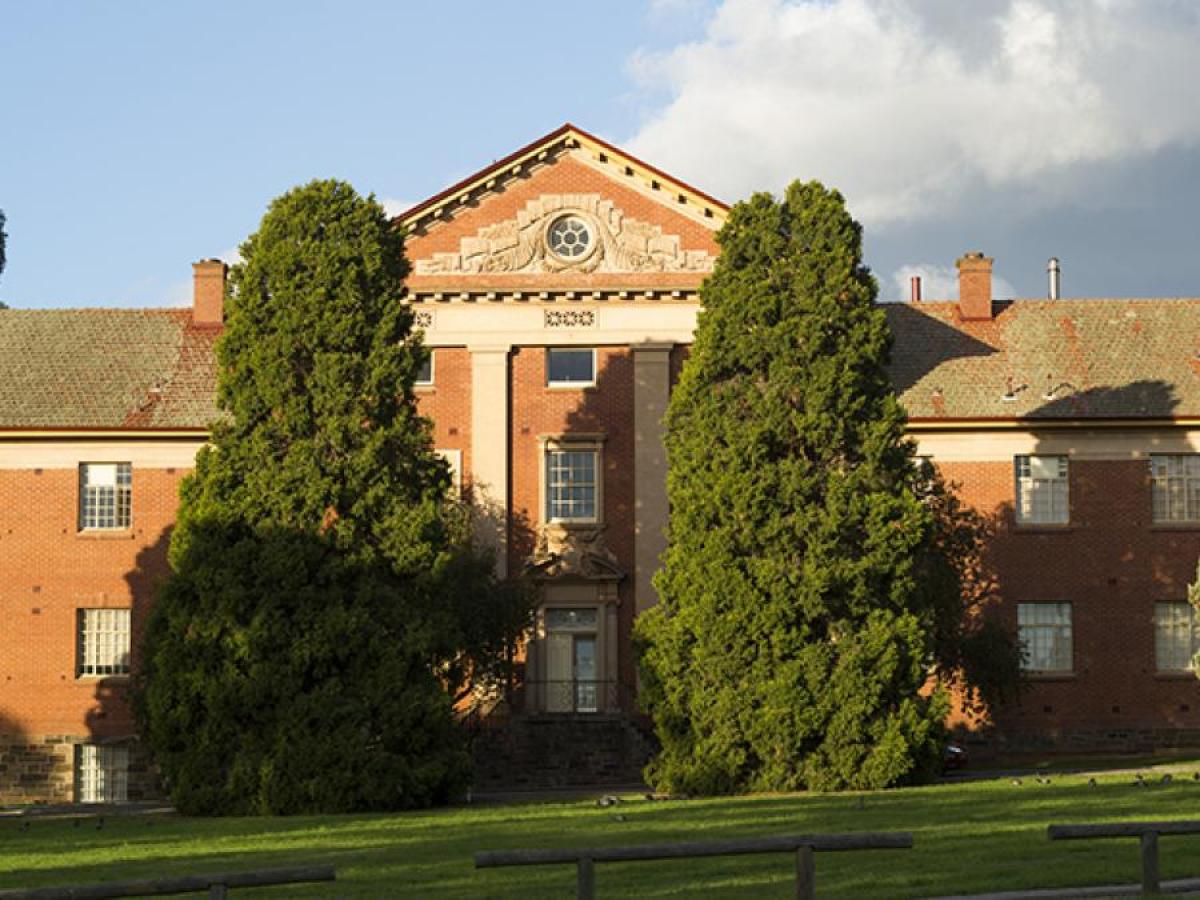
Funding from the Australian Research Council (ARC) will support University of Adelaide experts to pursue their world-class research in tackling some of society's most pressing challenges.
Three Early Career Industry Fellowships totalling $1.3 million have been awarded to researchers to collaborate with companies in the battery recycling, hydrogen and agriculture sectors.
Dr Aaron Phillips, School of Agriculture, Food and Wine, has received $449,109 to work with the Trustee for Prospect Agriculture Trust to improve agave cultivation using an innovative light treatment that aims to increase production and transport efficiency, and plant survival rates.
Dr Jingxiu Wang from the School of Chemical Engineering, who is working in collaboration with Iondrive Technologies, aims to develop new solvents for selective lithium recycling from spent Li-ion batteries. Funding of $430,109 will be used to improve lithium production and reduce its environmental impact.
Dr Rachelle Kernen, School of Physics, Chemistry and Earth Sciences, will evaluate Australia's ancient salt deposits to identify optimal sites for underground hydrogen storage by using new physical and geophysical modelling to optimise large-scale salt caverns in areas of limited geological data. The project has received $430,109 to collaborate with Woodside Energy, the Department for Energy and Mining, the Northern Territory government, the Commonwealth Scientific and Industrial Research Organisation and Western Michigan University.
Additionally, $4.5 million in funding will support five experts under the ARC's Future Fellowships scheme.
A project led by Professor John Carty, School of Humanities, has received $1,272,875 to document the history of Warlpiri artists who have produced some of the most influential Australian art of the last century.
Dr Stefan Loehr, School of Physics, Chemistry and Earth Sciences, has received $974,124 to employ new geochemical and geological tools to reveal, for the first time, how and why the extent of reverse weathering - a process that has occurred over many millennia during the formation of marine clays - has an impact on CO2 removal.
South Australian Immunogenomics Cancer Institute's (SAiGENCI) Associate Professor Lan Nguyen will determine how different signalling routes in cells fit together and how these function in different cell types. The project, which has received $1,286,791, will develop new methods to map these intricate networks and help develop more resilient crops.
Dr Wenjie Tian, School of Chemical Engineering, has received $961,544 to focus on converting microplastics into useful chemicals by designing innovative, cost-effective catalysts from waste resources. The project will contribute to environmental protection, resource recovery, and improved water quality while supporting sustainable waste management practices and reducing plastic pollution.
Funding of $1,207,000 will support Professor Withawat Withayachumnankul, School of Electrical and Mechanical Engineering, to develop next-generation optically controlled terahertz modulators - devices that control the amplitude, phase, or polarisation of terahertz radiation, and are crucial components in improving 6G communication.
Professor Anton Middelberg FTSE, Deputy Vice-Chancellor (Research), University of Adelaide, congratulated all the recipients.
"These Fellowships will help our experts develop knowledge, and in some cases technology, to help address challenges faced by society now and in the future," said Professor Middelberg.
"The breadth of these projects reflects how our community of researchers is collaborating on emerging global and national priorities."
Full details of the Early Career Industry Fellowships 2025 round 1 projects and the ARC Future Fellowships 2025 round 1 are available on the ARC website.






